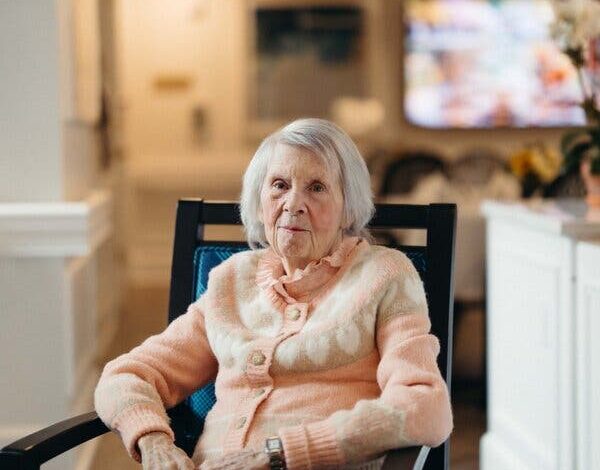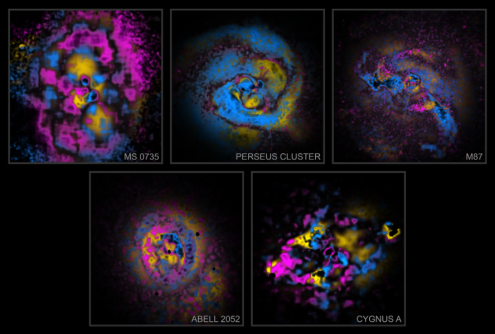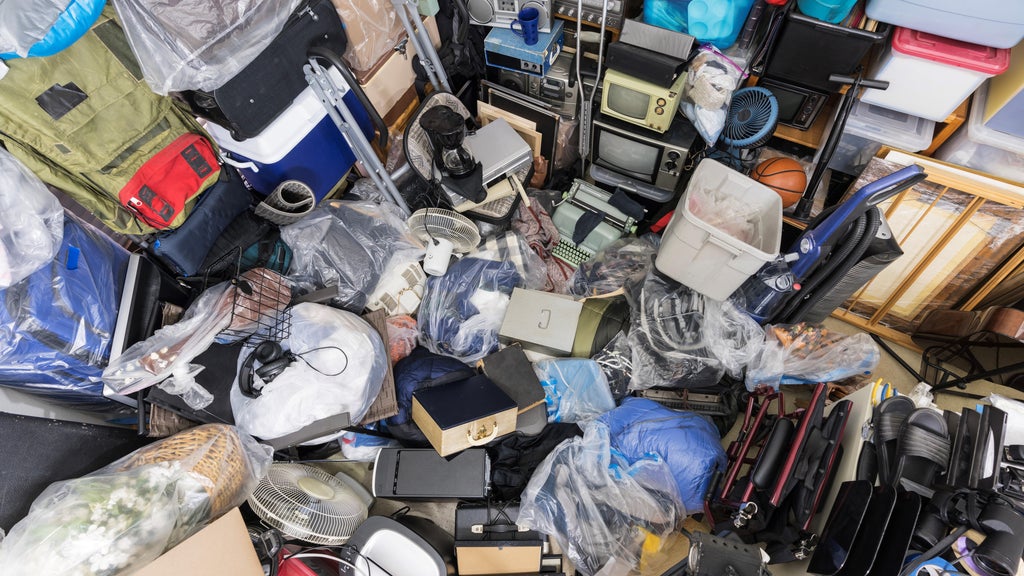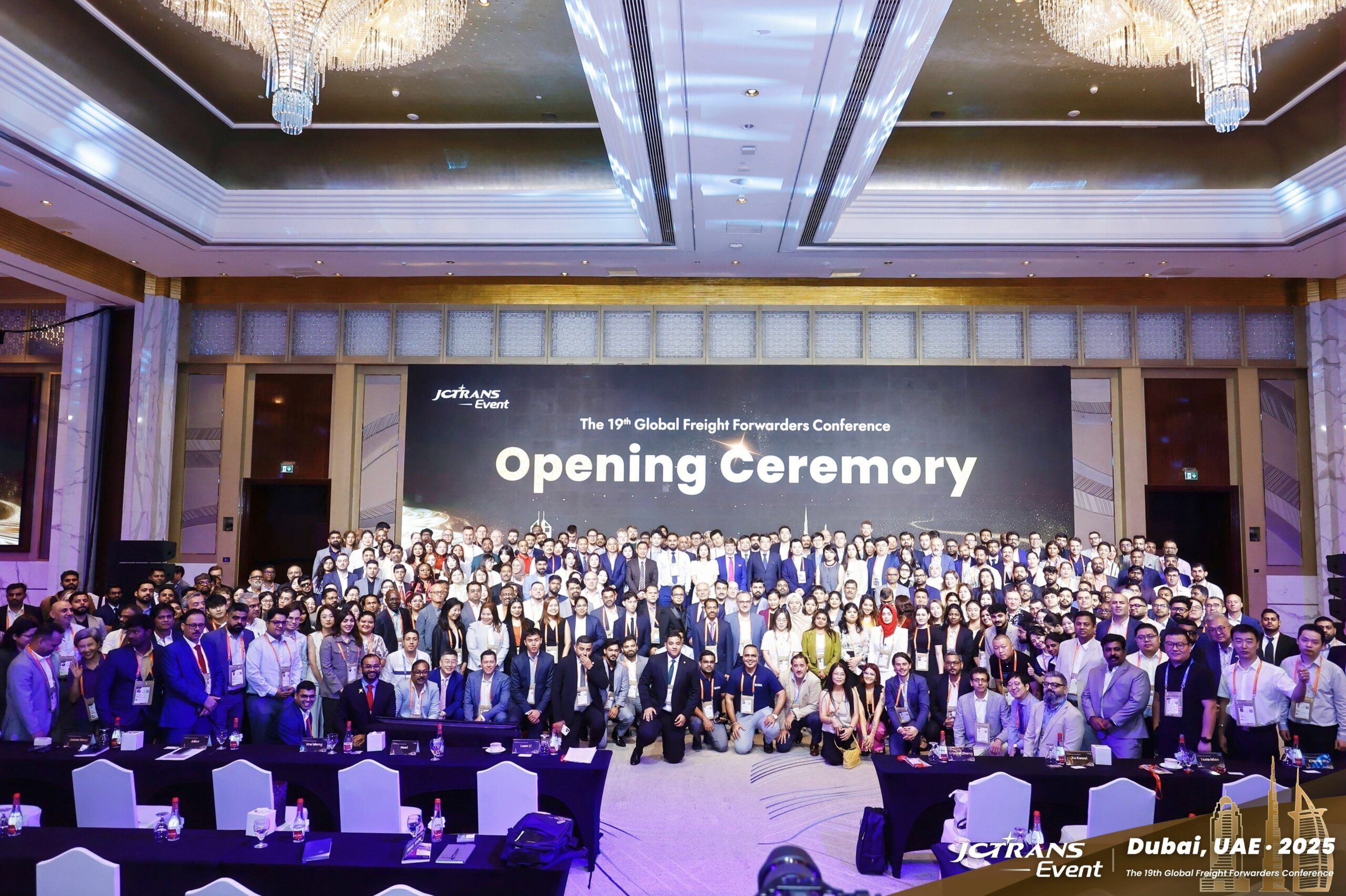Advanced A.I. Technology Reduces Falls in Senior Living Facilities

A new high-tech fall-detection system is proving to be a significant advancement in senior living facilities, particularly for residents like Kathy Doyle, who has faced numerous health challenges, including a stroke. At the age of 81, Doyle moved to an assisted-living home called Bristal in 2023, located just blocks from her previous home on the Upper East Side of Manhattan. The facility offers residents the option to participate in a sophisticated fall-detection program that utilizes motion sensors to monitor gait, posture, and movement patterns, aiming to predict and prevent falls before they occur.
When a fall is detected, the system immediately alerts the staff, allowing for prompt assistance. Patricia Doherty, Doyle’s sister, expressed gratitude for this technology, stating, “This system has been a godsend for Kathy. I think she had one fall in the past year. Before that, it was every four to six weeks.” This significant reduction in falls is vital, as falls are the leading cause of injury-related deaths among individuals aged 65 and over, according to the Centers for Disease Control and Prevention.
Impact of Falls on Senior Health
The implications of falls extend beyond immediate physical injuries. Dr. Jing Wang, dean of the Florida State University College of Nursing, highlights that falls can lead to severe consequences for frail older adults. “A hospitalization might result in surgery and higher risks of infection for this frail population. These 80-plus seniors can never go back to their life before the fall,” he noted, emphasizing the profound impact on quality of life.
As technology evolves, today’s anti-fall systems have advanced significantly from the emergency alert devices of the late 1980s, which became famous after a commercial featuring a woman exclaiming, “I’ve fallen and I can’t get up!” Traditional pendants or bracelets are ineffective if a person is unconscious, injured, or unable to activate them. The new systems in facilities like Bristal represent a proactive approach to elder care, focusing on prevention rather than reaction.
With the integration of such technologies, assisted living homes are not just providing shelter but are also enhancing safety and well-being for their residents. The success of these systems could encourage wider adoption across various senior housing facilities, setting a new standard for elder care.
As more facilities implement advanced A.I. technologies, the hope is to reduce the frequency of falls and improve overall health outcomes for seniors. The advancements in sensor technology and data analysis provide a promising future for elder care, where the focus shifts towards maintaining independence and enhancing quality of life.






